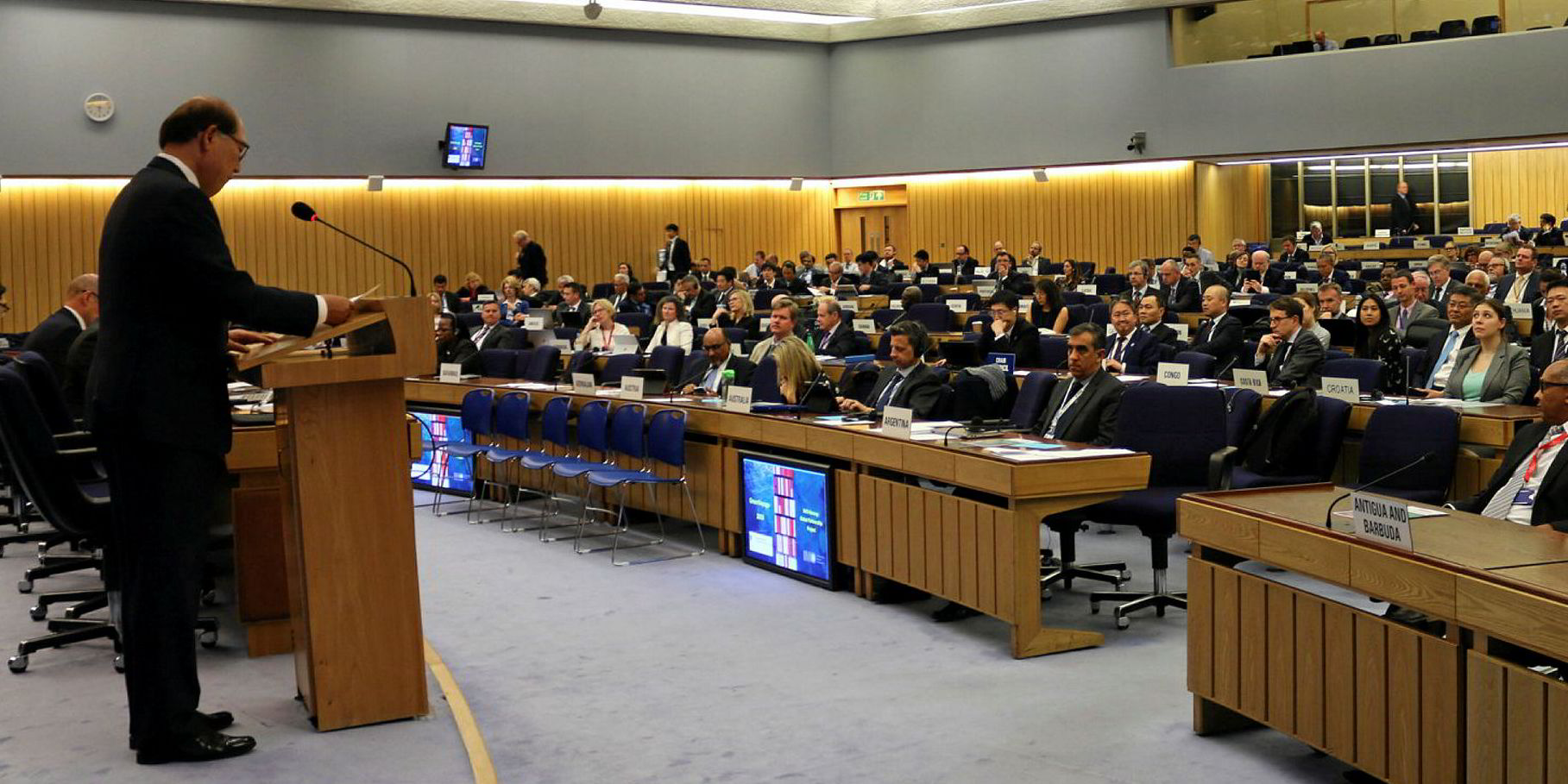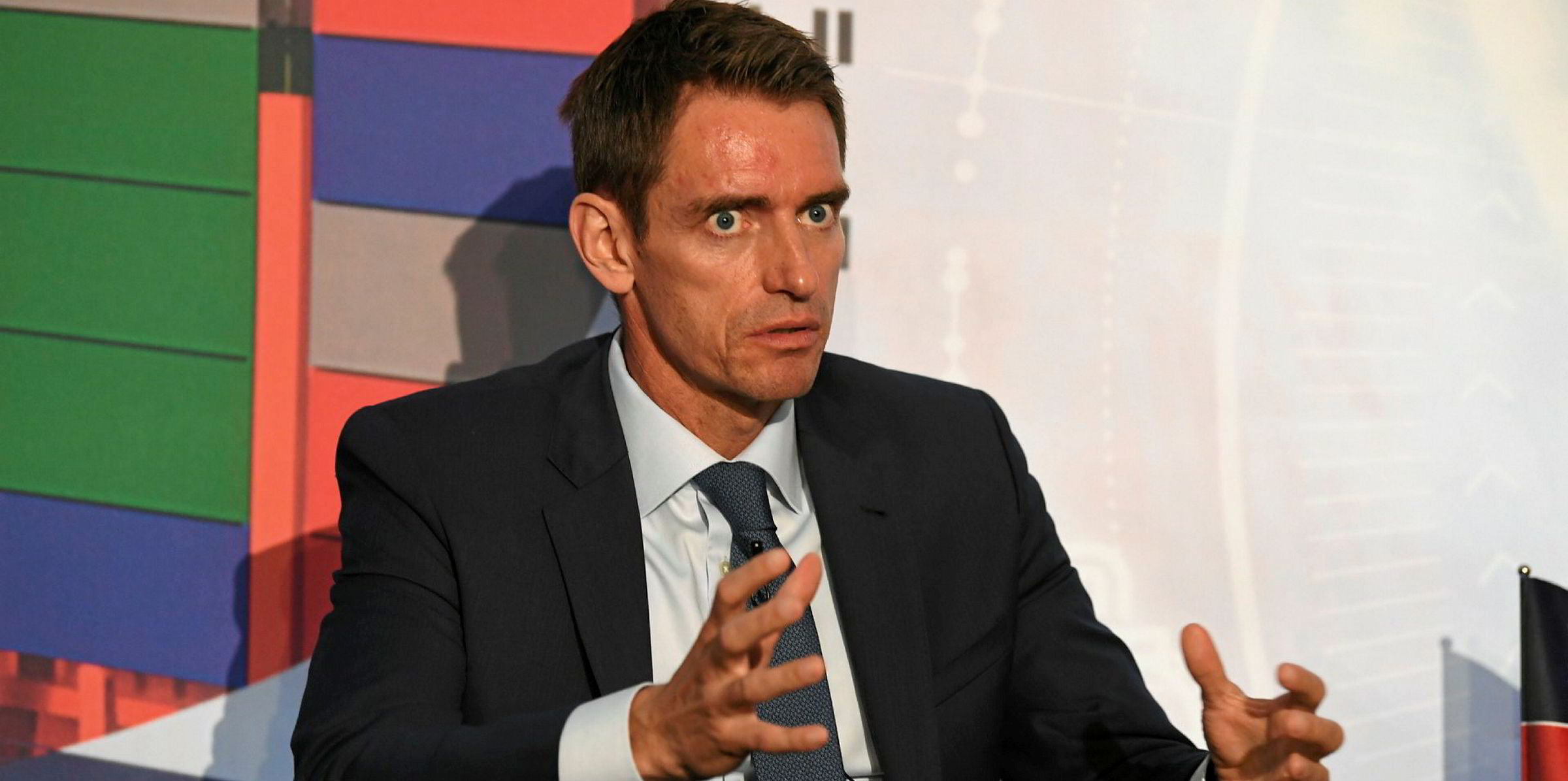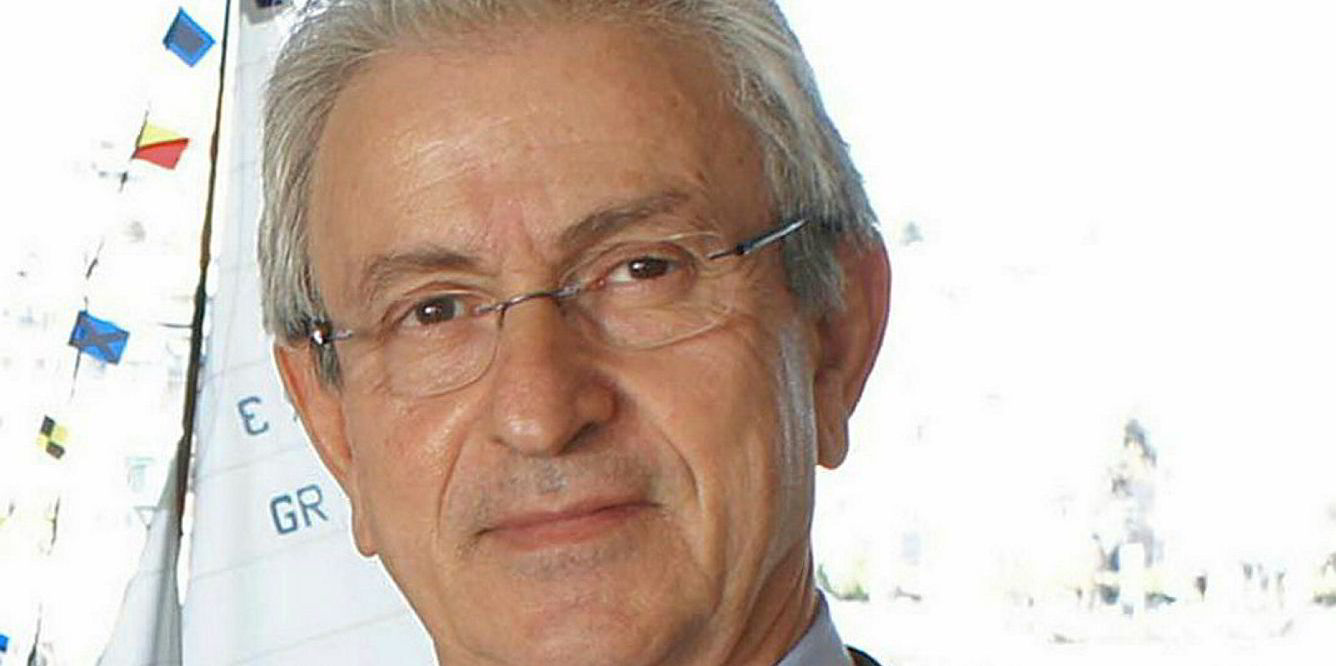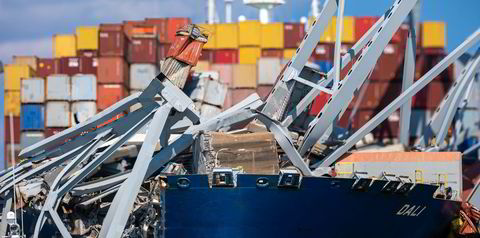Shipping decarbonisation is getting front-page attention and rightly so. There is a lot of pressure on shipowners, operators and charterers to reduce carbon emissions.
In March, the IMO's Marine Environment Protection Committee will meet to determine the next steps to reduce CO2 emissions. It will decide on the technical and operational measures needed to further reduce ships' emissions.
Strong support
Having participated in IMO working group meetings, I have been struck by the strong support among most flag states and national shipping associations to decarbonise.
The question is how far the political will takes us and how ambitious the IMO will be.
As an industry we are fortunate in that we, in the IMO, have a single international body tasked with regulating our activities. I know from experience that its meetings are well led and everyone has an opportunity to voice their opinions.
We must now, at a time requiring unprecedented actions, use the IMO to provide further leadership.
We are concerned that actions will be technical, impractical and not fully thought through.
Current proposals
Let’s consider some of the proposals being debated, starting with slow-steaming speeds in the tanker market.
While introducing rules for slow steaming isn’t the sole answer to decarbonisation, it strikes Trafigura as an important approach.
Another way to achieve slow steaming is to require the reduction of engine power, meaning ships would go slower based on a certain base-year average speed — say 2008 or 2012.
Current studies indicate that steaming slower — through engine power reduction or speed limit — is the fastest current way to significantly reduce CO2 emissions
Current studies indicate that steaming slower — through engine power reduction or speed limits — is the fastest way to significantly reduce CO2 emissions. It should not be allowed to speed up except for safety of crew and ship and when rescuing life at sea.
Next up is tax on CO2 emissions. We consider it inevitable that a global carbon levy is charged, narrowing the cost gap between fuels with high emissions and those with low or no emissions.
Charterers can carry the cost as long as there is a level playing field, with all charterers facing the same costs for emissions.
We need rules for how to differentiate between ships. Establishing a ship’s energy efficiency based on biannual or annual averages, as is being considered, may not deliver the reductions we are all aiming for.
Such a system could easily be gamed by speeding up, making ships hitherto efficient significantly less so.
What the proposals have in common is that we need to figure out who is going to police them, and what the penalties are for those who break the rules.
For tighter regulation to work, it is essential that we from the outset have robust policing, effective and significant penalties, ensuring that every voyage follows new global standards.
If the introduction of IMO 2020 is anything to go by, we should be worried.
It is today not easily possible to find out which owners have been caught illegally burning high-sulphur fuel after 1 January 2020.
Naming and shaming
For this reason, charterers cannot differentiate and know how to avoid those that cheat. In the future, a global transparent registry would be of strong assistance. It is encouraging that industry leaders are now active in the Global Maritime Forum — an international not-for-profit organisation — and elsewhere, calling for urgent and pragmatic action.
Our hope is that IMO member states will go all-in for clear and transparent regulation that is enforced on each voyage. This way, everyone can participate in making it the success the industry and society needs as we move towards the next generation of cleaner fuels for shipping.
The IMO and its member states need to be ambitious. They have to move fast and go far, if our industry is to deliver on the commitment of 50% reduction in emissions by 2050.
Rasmus Bach Nielsen is global head of wet freight at Trafigura








